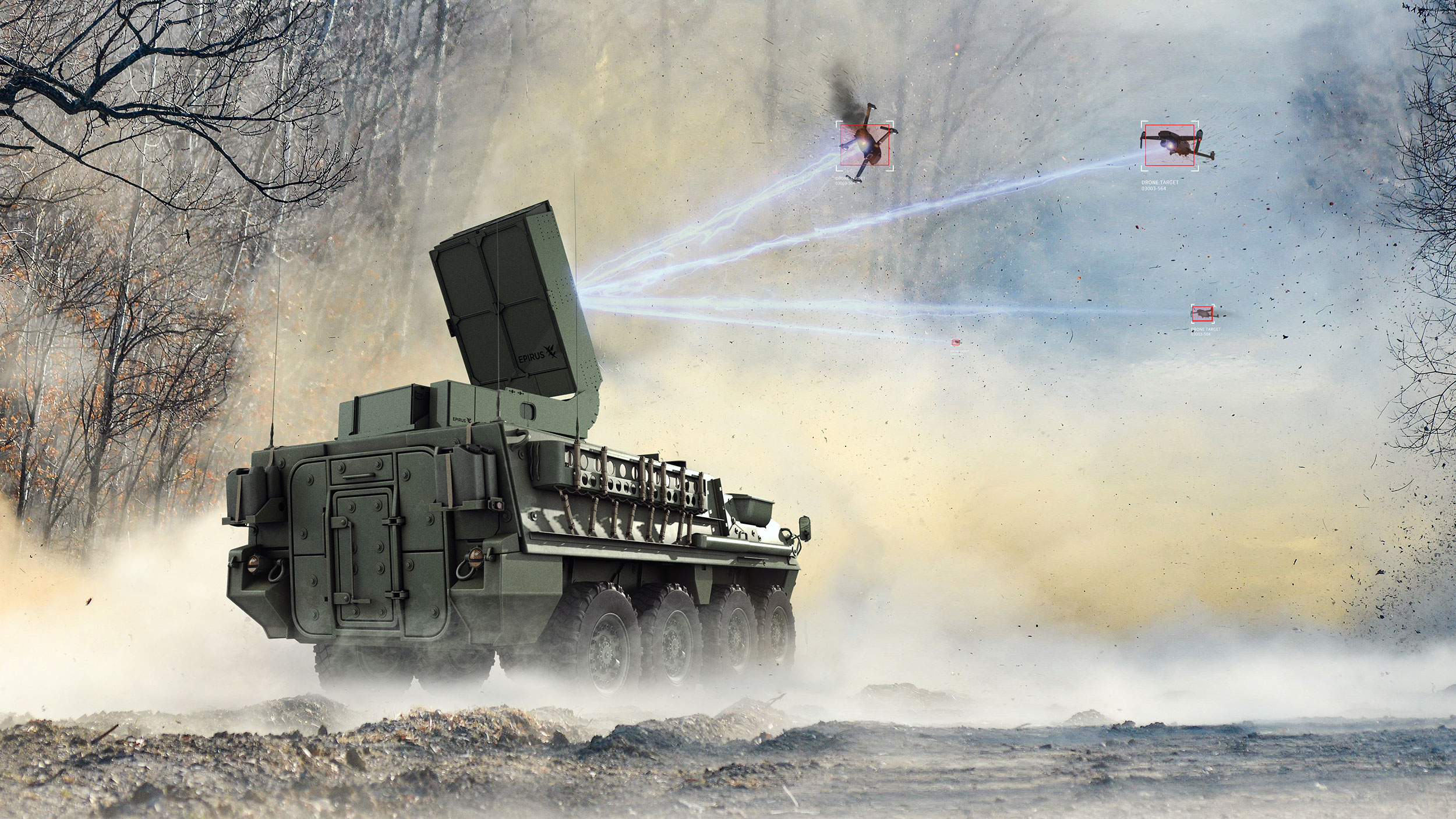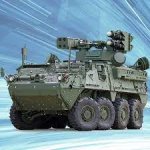ACK about the RCEME classifications. I used to work closely with the RCEME Trade Advisors and I am aware of the issues for both Reg F and Res F. For the Res F, I think that the best thing to do is simply concentrate on the Veh and Wpns Tech and this is based on the kit that the Res CBGs have. Forget about Mat Teh or EO Tech. The training and equipment that these trades needs are beyond the what a Res F Svc Bn can realistically handle.
The requirement for a Maint Bn has been a typical of discussion for years as well as need for a Tn and Sup Bn. You can easily prove the requirement but it comes down to personnel positions and cost. Will you grow the Army or cut positions from other classification? Can the MND convince the gov't to grow the CAF and give it sufficient funds for personnel, equipment and infrastructure costs? At the Bde level, the Comd has Inf, Armd, Arty, Cbt Eng, Tac Hel, Med and CSS Advisors. While it may not seem much to add on a Maint Advisor the issue comes down to span of control, passage of information and coordination.
ACK about spares and kitting. But recent experience and past experience in the Balkans have shown that the ech system have shown that sparing and kitting is highly dependant on the theatre AOR and vulnerability of the lines of comms. In brief, depending on the situation, a unit may have to carry significantly more types of spares or major assemblies than it usually does because of the environmental conditions or vulnerability of the lines of comms. Flexibility is the key and reduction of risk.
The Ech system works. The DOS in the F, A1 and A2 Echs can and should vary depending on the circumstances. A CO must be aware that having his unit carry much will hamper his/her ability to fight and this must be tempered with the actual operational conditions. A Light Inf unit operating in a mountainous area but well supported by helicopters can carry limited DOS in contrast to a mech inf bn operatng in an open desert environment will wisely carry more water, fuel and filters.
CO Svc Bn is responsible for rear area security but this is not realistic. I am well aware of what doctrine says, I was part of the board that wrote CSS doctrine.
As you know all Logistics NCMs are purple. When I had a Pl, my Sgt was Air Force and was never trained to fight as a soldier. The issue is the lack of training time allocated to the Logistics Trade and lack of positions. That is why RCLS is purple. A Sup Tech, HR Clerk can be expected to be posted to a ship, air base, Army unit or a Svc Bn. You can train them to perform their logistics function but should you train a Sup Tech who wears a Navy blue uniform to be a soldier? The same goes for an MSE OP. Should an Army MSE OP be trained on airfield ops? Should the Air Force Sup Tech be trained to fight fires on ship and do damage control. There is simply not enough RCLS (Log Branch) personnel to have been permently assigned to an environment. When the CAF stood up the Chinook Squadron, personnel positions were transferred from the Army to the RCAF.
If there is a Maint Bn should the CO be responsible for maint as well as rear area security? The B ech / rear area is huge. it is not tens but it could be hundreds of km big with a significant amount of traffic that flows through it and that needs to be controlled.
In brief a Svc Bn (Reg or Res) doesn't:
- have sufficient trained pers to defend itself
- have sufficient trained pers to defend the rear area
- have the necessary weapons or vehicles to defend it self or the rear area. When I was in 1 and 2 Svc Bn, only Maint Coy had GPMGs mounted on its armoured recovery vehs. The question then becomes should Maint Coy perform rear area security or perform its maint function? Can it realistically do both?
For rear area security you either give the Svc Bn a D&S Coy to protect itself and perhaps perform some rear area security tasks; create a org to provide rear security or assign it to an existing Cbt Arms unit.
The problem is known to the CDS and Environmental Comds. The problem comes down to personnel positions, you need to create more positions by growing the CAF or grow the RCLS at the expense of the other classifications. If you grow the CAF this of course will raise personnel costs (I believe this already constitutes over 50% of the current CAF budget), equipment costs and infrastructure costs.
As this generation of Officers and NCMs have learned, fighting is only one part of operations, support is one of the fundamental blocks that it needs to get right or the success of any operation will be in jeopardy.
CSS will be a forever problem that will not be resolved unless Canada gets involved in another major conflict on the scale of a World War.
Thank God I'm retired now.









